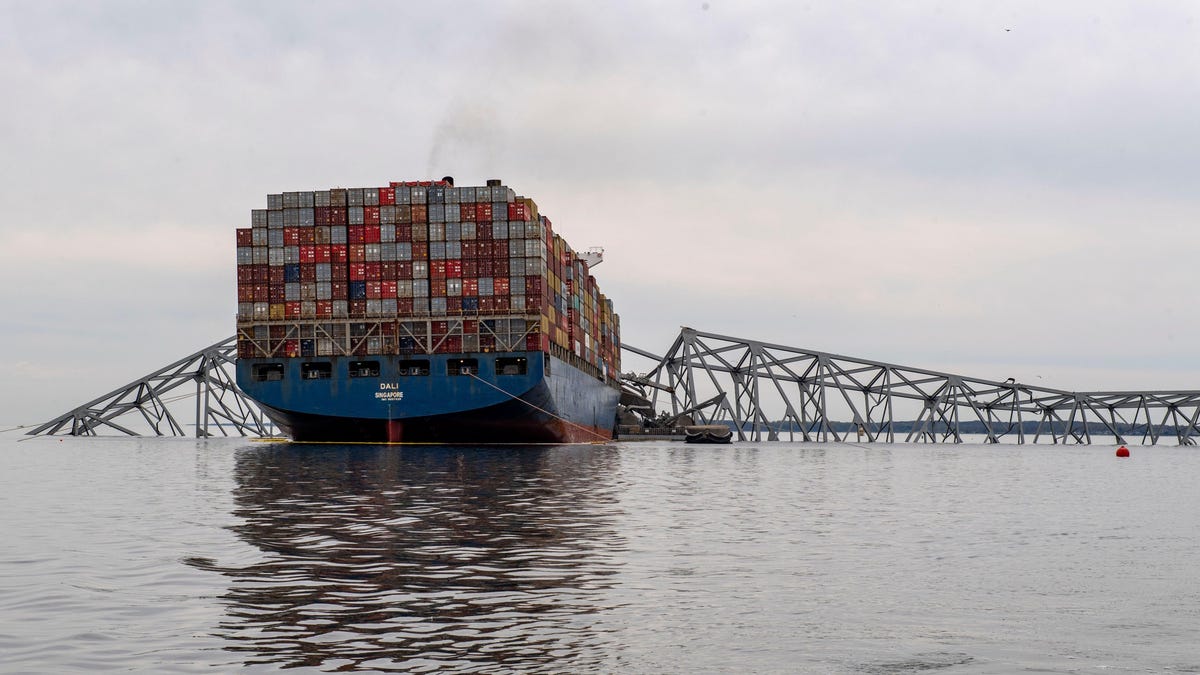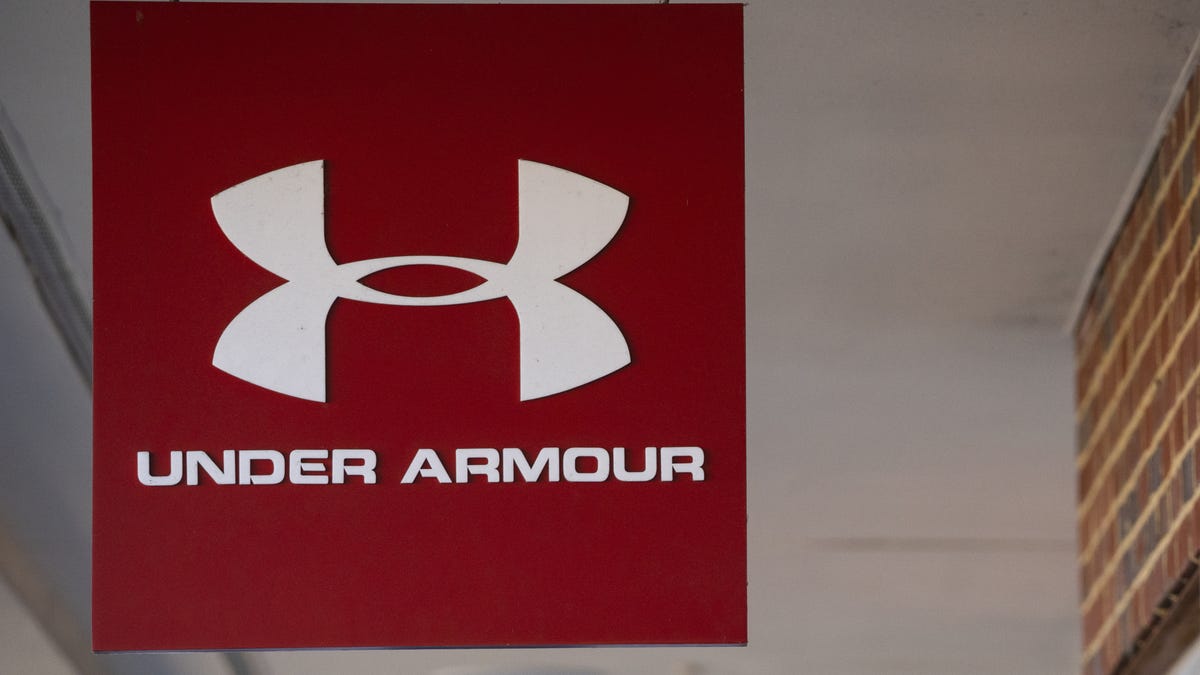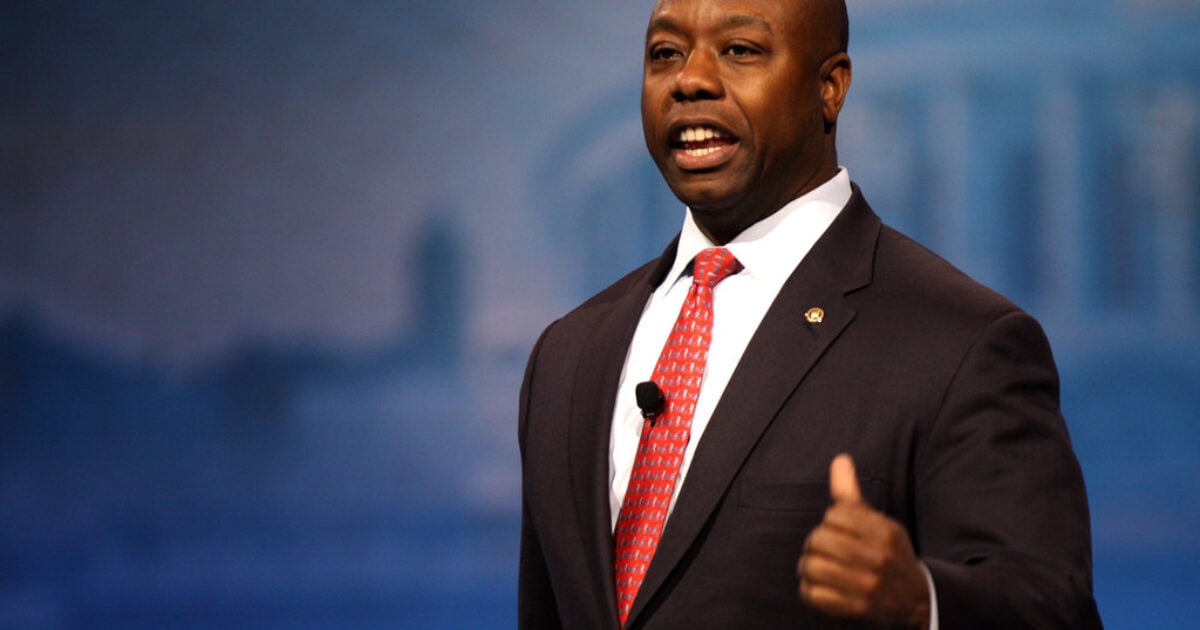Impact of Container Ship Incident on the Port of Baltimore
When a colossal container ship collided with and caused the Francis Scott Key Bridge in Baltimore to collapse recently, it resulted in a considerable amount of wreckage obstructing the entrance to the Port of Baltimore. Thousands of tons of debris were left scattered, thus impeding the passage of ships in and out of the port, as well as complicating salvage operations. Efforts are currently underway to clear paths through the wreckage to allow ships to navigate past the disaster area.
Introduction of Temporary Channels
To address the immediate concerns following the incident, two auxiliary channels were established on April 1. One of these channels runs along the northeast section of the affected route, while the other follows the southern end of the channel. U.S. Coast Guard Captain David O’Connell provided details on the functionality of these channels – the north side accommodates boats requiring up to 10 feet of water to operate, while the south side is suitable for ships needing a depth of up to 14 feet.
Notably, the north side of the channel will be marked with government-lighted aids for navigation, with a controlling depth of 11 feet, a horizontal clearance of 264 feet, and a vertical clearance of 96 feet. These channels are primarily intended for response vessels, essential vehicles, and salvage personnel working in the area.
Expansion Plans for Commercial Vessels
Looking ahead, there are plans to open a third channel to accommodate larger ships. This new channel will require a depth of up to 25 feet for operation. However, the removal of additional debris surrounding the cargo ship involved in the collision, the Dali, is necessary before this channel can be utilized effectively. The phased reopening of the main channel is part of a comprehensive strategy to restore the flow of marine traffic into the Port of Baltimore.
A recent development saw a 200-ton section of the bridge being successfully removed from the crash site, marking a significant milestone in the efforts to reopen the port. This alternate route aims to facilitate the movement of marine vessels into Baltimore and alleviate the congestion caused by the bridge collapse.
Ensuring Safety and Environmental Protection
Given the hazardous conditions surrounding the Key Bridge collapse, a 2,000-yard safety zone has been established around the site to safeguard personnel, vessels, and the marine environment. Entry into this zone is strictly prohibited without prior authorization from government authorities, ensuring the safety and integrity of the area.
Image/Photo credit: source url





